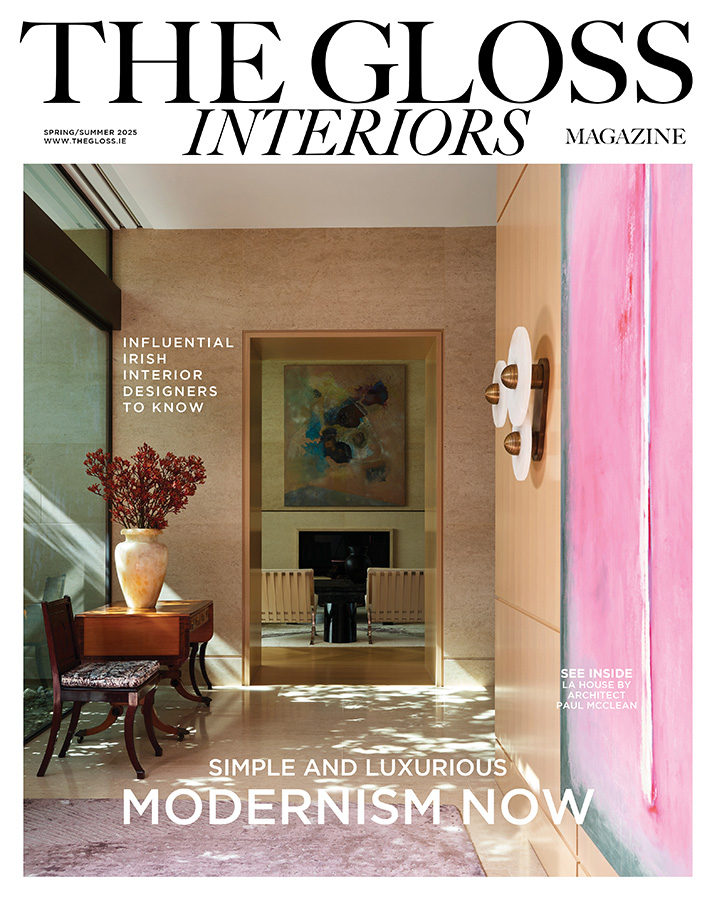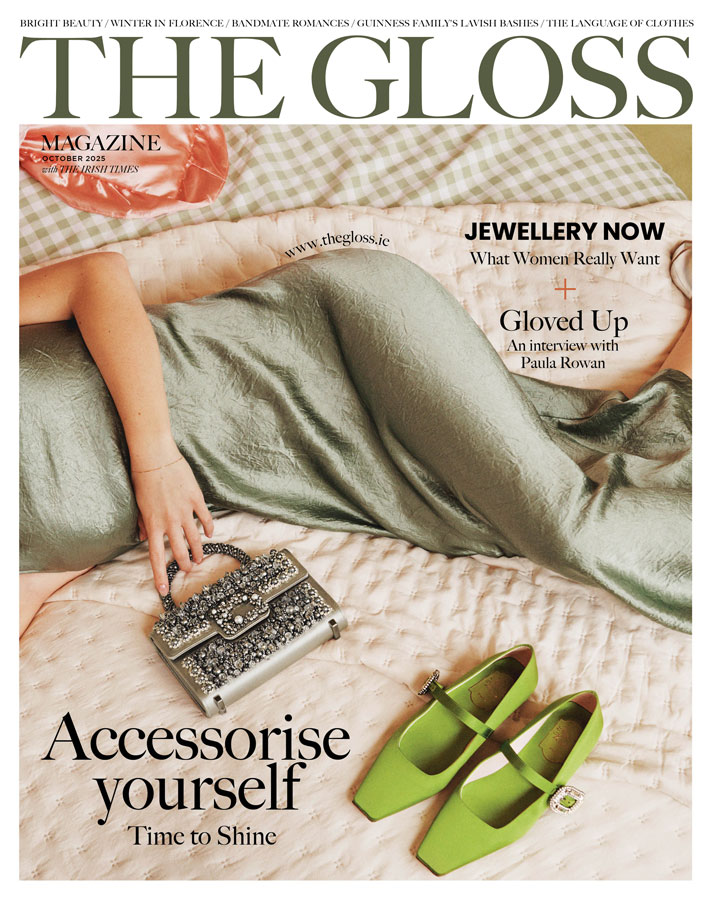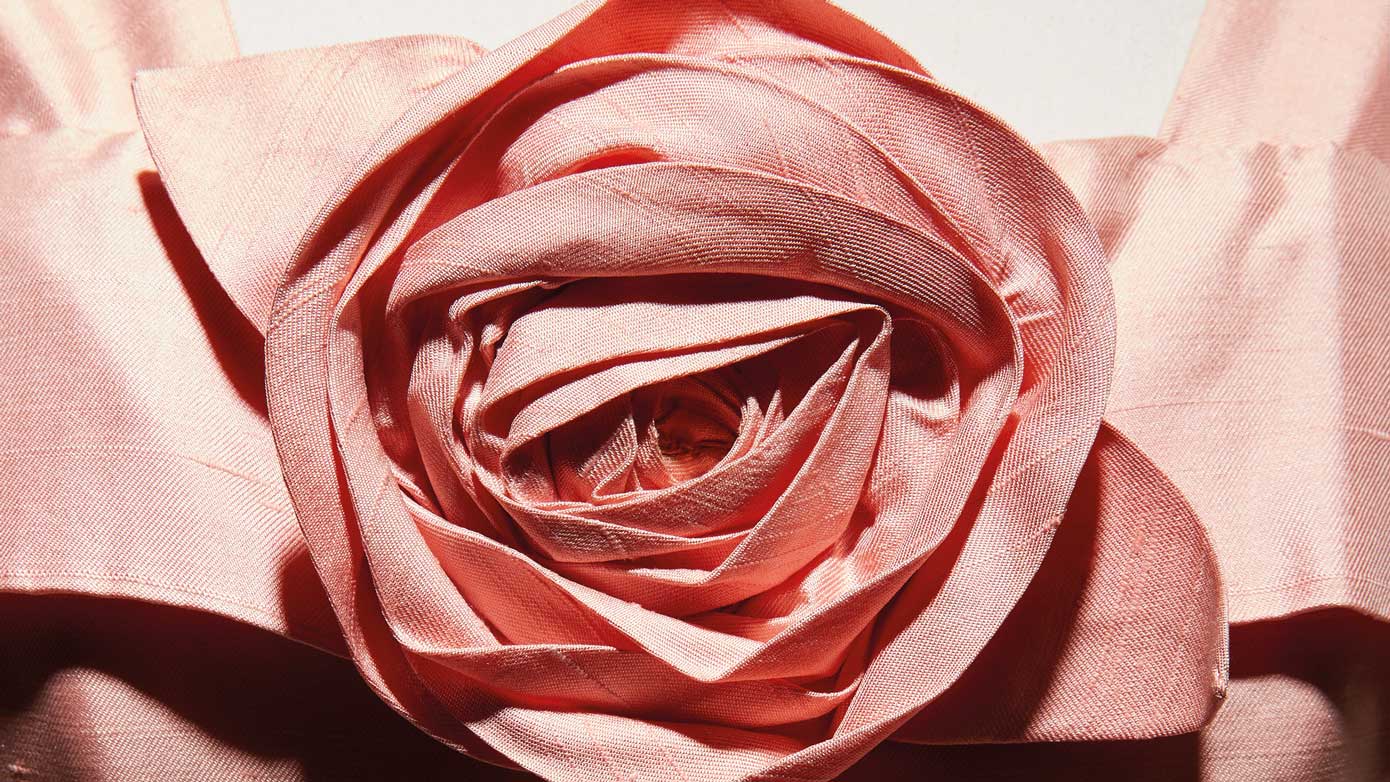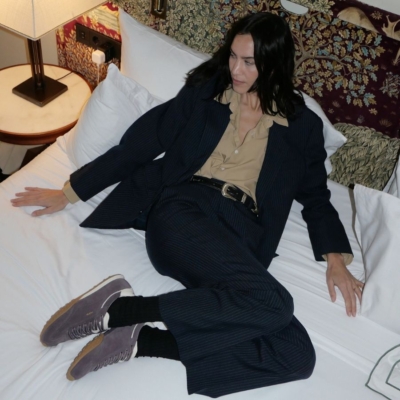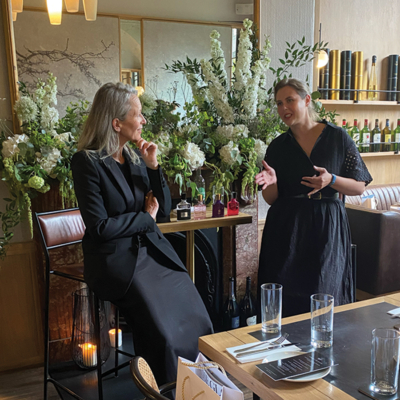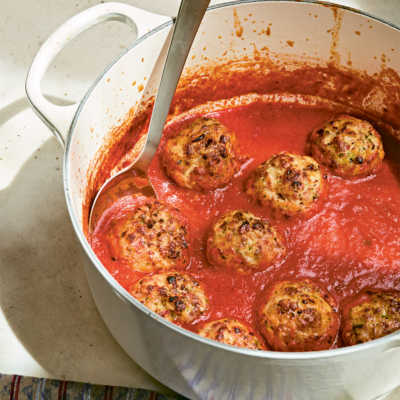Whether a pale powder pink, a warm coral hue or a mauvish shade, Christian Dior declared pink “The sweetest of colours. Every woman should have pink in her wardrobe. It is the colour of happiness and femininity. It is a ravishing colour for suits and overcoats and wonderful for evening gowns.” Dior’s fondness for pink roses, their fragrance and delicate colour can be traced to the garden his mother Madeleine established at his childhood home Les Rhumbs in Granville, Normandy. Madeleine Dior had the crazy idea that the roses in her clifftop garden should look out to sea. She cultivated vigorous tea roses and Christian Dior’s first memories were of ample, fragrant double blooms, which he learned to prune long before he could tailor dresses. “In a certain sense my whole way of life was influenced by [this garden’s] architecture and environment,” said the designer. Over a century later, this garden still blossoms with new varieties added including the “Jardin de Granville” rose matching the villa’s blush pink exterior.

No doubt these early influences helped nurture his dream of the femme fleur (flower-like woman) especially his famous New Look, the iconic “corolla” silhouette evoking the flower’s shape. The names Dior gave some of his haute couture gowns confirm his obsession: Rose Thé (tea rose), Rose des Vents (compass rose), Roseraie (rose garden), Rose Pompom (pompom rose), and Jardin Anglais (English garden). He used brocades and fabrics painted with flowers and garlands. It’s no surprise that the décor of his Château de la Colle Noire in Provence had rooms covered in floral wallpaper reflecting its manicured gardens of roses and jasmine.
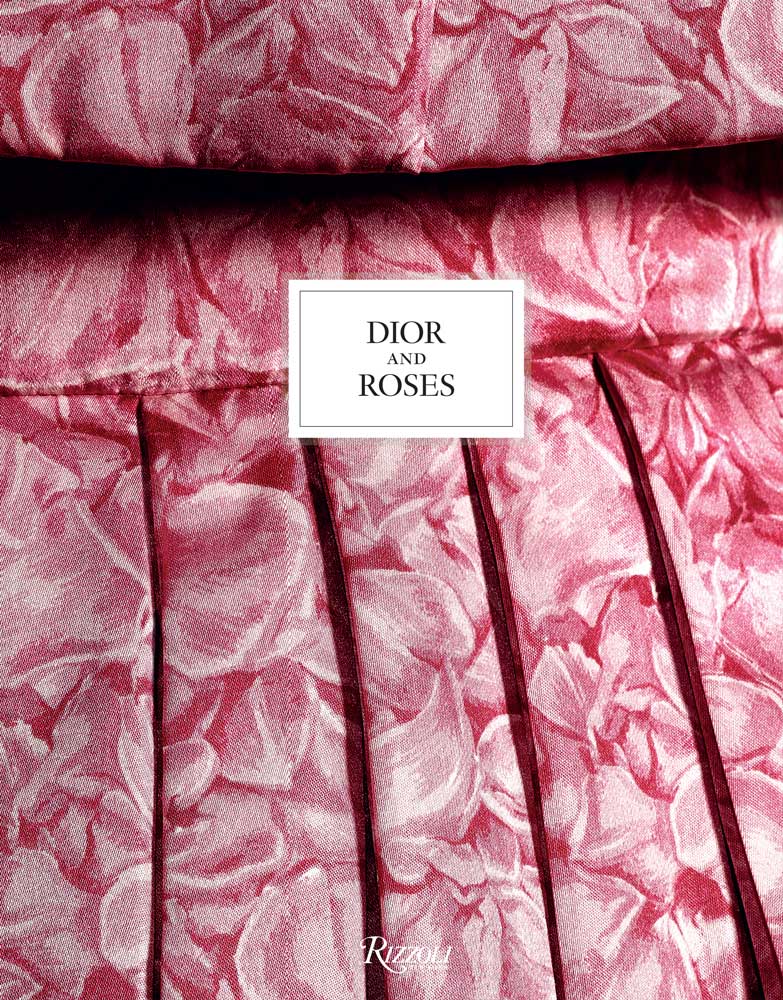
Like an olfactory connecting thread, the rose is also omnipresent in the scents dreamed up by Maison Dior’s perfumers – most notably François Demarchy. Beneath the original bottles of Miss Dior (a floral chypre named after his much-loved sister Catherine) Dior had a rose in the form of a star engraved by Baccarat’s craftsmen.
A new exhibition at the Musée Christian Dior in Granville (until October 31) explores the rose’s importance in Dior’s history and how successive artistic directors at the house of Dior have integrated the motif. Yves Saint Laurent’s collections for Dior are marked by flowers punctuating more minimal silhouettes; Marc Bohan combined embroidered roses and silk roses while also embracing other flowers; Gianfranco Ferré used rose names for his designs; John Galliano’s tenure was devoted to mining exotic, historical themes using oversized, billowing and demure roses; Raf Simons notably used millions of fresh roses, white orchids, peonies, delphiniums and blooms at the showing of his first collection in 2012. Dior’s current head, Maria Grazia Chiuri did not start using roses until 2017 when she combined roses with tulle, her designs reflecting Dior’s interest in ballet, and his ideal of female dancers as being like flowers. The overarching vibe of Chiuri’s AW21 collection is more pragmatic than pretty, though it’s no surprise that roses in deep red hues motifs are prevalent too …
Dior and Roses by Éric Pujalet-Plaà, Brigitte Richart and Vincent Leret, Rizzoli, £35, is out now.



